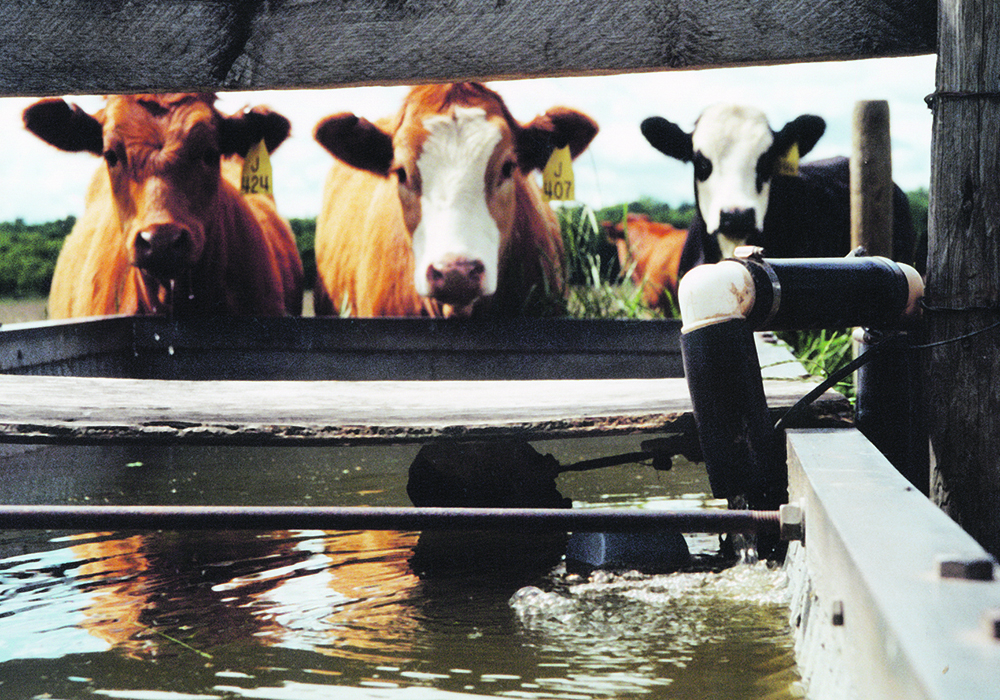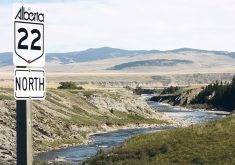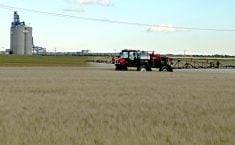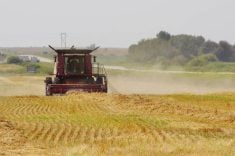Farmers learned a lot from the 2021 drought and 2022 floods, and they aren’t forgetting those lessons, says a watershed district manager.
“They do know they have to prepare for the future,” Kelsey Benson, manager of the West Interlake Watershed District, said during the Manitoba Watersheds Conference.
Those experiences have led farmers to embrace protected livestock watering systems, cover cropping and other practices designed to protect soil and water supplies from unpredictable weather impacts.
Benson’s area, along the east side of Lake Manitoba, was one of the hardest hit by the severe drought of 2021. While drought hit many areas of Manitoba and the rest of the Prairies, the Interlake drought was arguably the most severe. Many cattle producers had to liquidate herds, crops and hay were devastated and grasshoppers took over.
Read Also
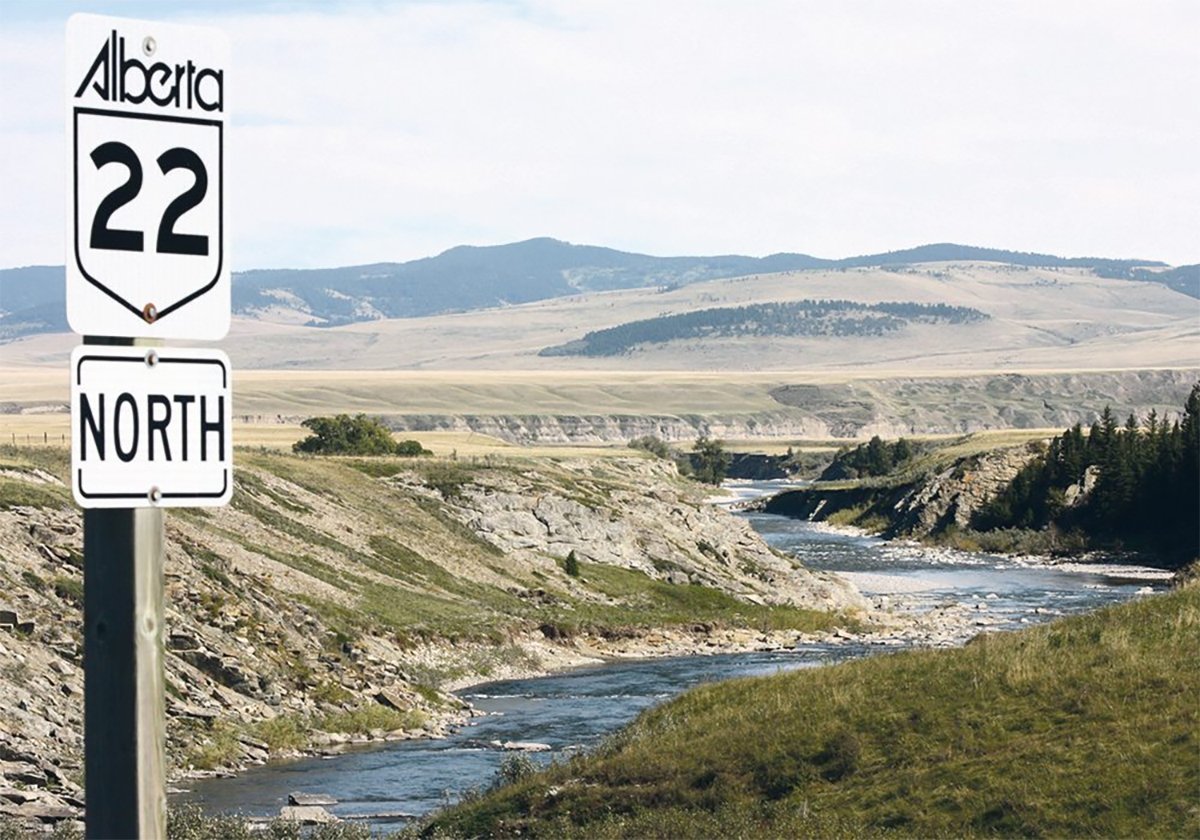
New coal mine proposal met with old concerns
A smaller version of the previously rejected Grassy Mountain coal mine project in Crowsnest Pass is back on the table, and the Livingstone Landowners Group continues to voice concerns about the environmental risks.
“We started receiving daily calls about producers who didn’t have water for their livestock,” said Benson.
“We weren’t just seeing small dugouts go dry. These were large dugouts that producers hadn’t seen go dry their entire lifetimes.”Manitoba watershed districts are the prime channels for many types of funding for water, land and habitat preservation. During the drought, there was much interest and uptake in the Alternative Water Systems program, which subsidizes things like solar-powered systems that fence dugouts and pump water to troughs. So many farmers applied for support a waiting list had to be established.
Many farmers were also keen to try cover-cropping, even though cover crops suffered alongside other crops and forages during the worst of the drought. Once rains returned, in the fall of 2021, the cover-cropped acres bounced back fast and provided much-needed feed for struggling herds. So too did poly-cropped acres, another option more farmers are keen to explore.
Flooding hit the area in spring and summer 2022, but interest in both protected watering systems and cover crops has remained. Farmers want to be prepared for the next severe climate shock, Benson said.
Local watershed districts have been running programs with much financial support from broader programs, such as the Growing Outcomes in Watersheds (GROW) program that received major provincial funding for long-term support of watershed preservation efforts.
The Prairie Watershed Climate Program has also provided much support for local watershed efforts, including rotational grazing, cover cropping and nitrogen management.
All this funding and ability to provide support to local farmers to better protect their land, water and natural habitat has made watershed districts a much bigger player in rural environmental preservation efforts in Manitoba.
“Producers will come to the (watershed district) for advice,” said Benson.
“That will help us implement more beneficial management practices out onto the land.”




